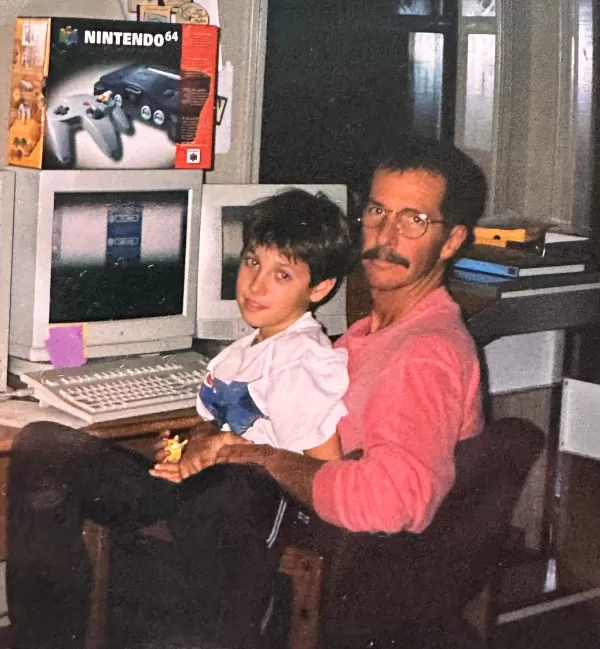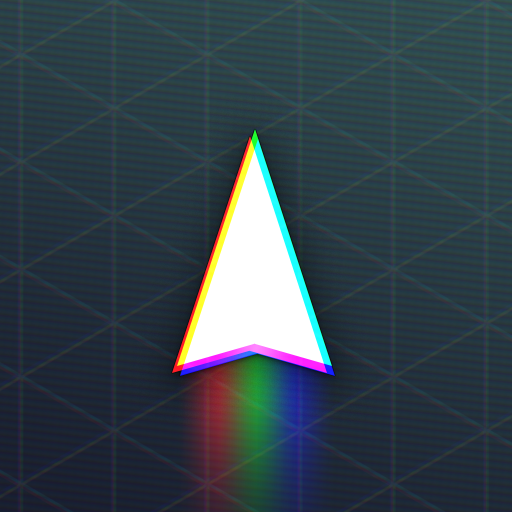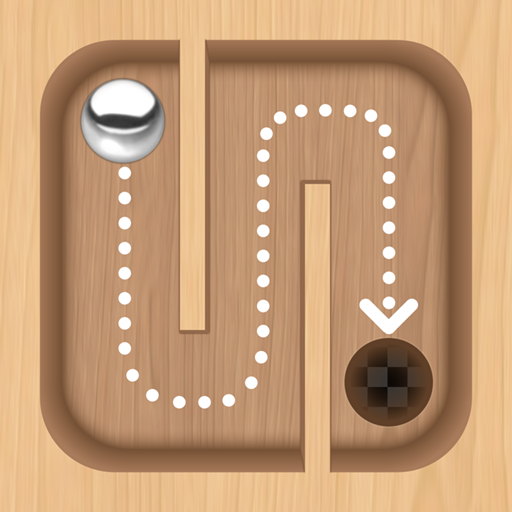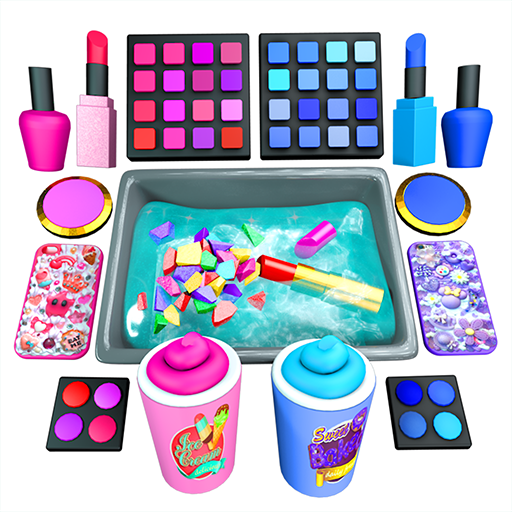In today's market, the cost of best gaming monitors has seen a notable increase, particularly for models featuring OLED panels, large screens, and high refresh rates at high resolutions. However, there remains a solid selection of budget-friendly monitors that offer impressive image quality and features without the hefty price tag. Take the Xiaomi G Pro 27i, for instance, which boasts a mini-LED, quantum dot screen for under $400. This monitor stands out as my top recommendation due to its ability to rival more expensive options, demonstrating that high quality can be achieved on a budget if you know where to look.
TL;DR – These Are the Best Budget Gaming Monitors:
 Our Top Pick### Xiaomi G Pro 27i Mini-LED Gaming Monitor
Our Top Pick### Xiaomi G Pro 27i Mini-LED Gaming Monitor
1See it at Amazon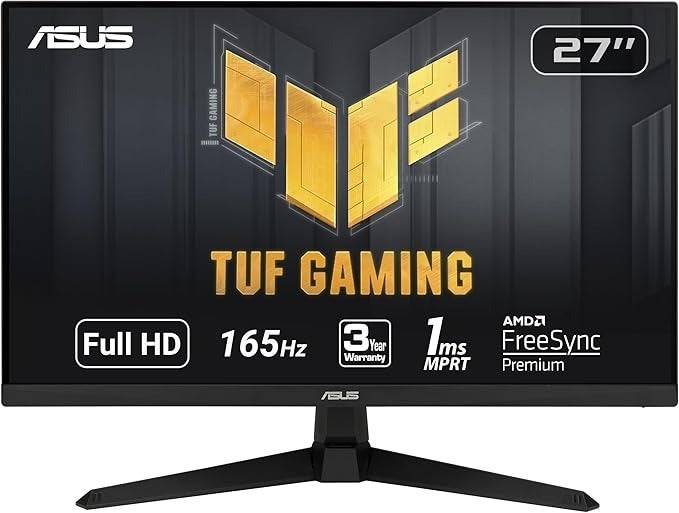 Best 1080p### Asus TUF Gaming VG277Q1A
Best 1080p### Asus TUF Gaming VG277Q1A
0See it at Amazon Best 1440p### LG UltraGear 27GN800-B
Best 1440p### LG UltraGear 27GN800-B
0See it at AmazonSee it at Target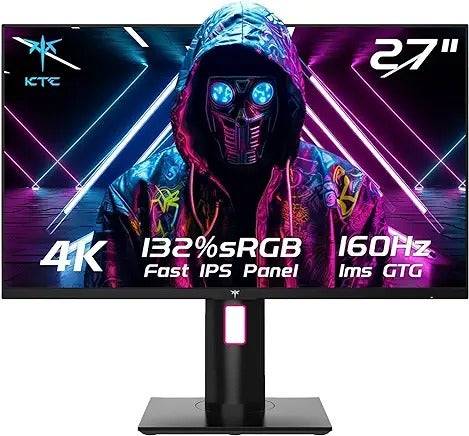 Best 4K### KTC H27P22S
Best 4K### KTC H27P22S
0See it at Amazon Best ultrawide### DellS3422DWG
Best ultrawide### DellS3422DWG
0See it at AmazonSee it at DellThe best budget gaming monitors might not include all the latest technology and features, but they still deliver a fantastic display to enjoy the full capabilities of your gaming PC. Even mid-range graphics cards and CPUs can be pushed to their limits, as high refresh rate and 4K monitors are now more affordable. While there are trade-offs, such as the absence of height-adjustable stands on the lower end and the lack of value-added features like KVM switches on the higher end, by prioritizing performance and your essential requirements, you can discover great value at any price point.
However, not all budget gaming monitors are equal, and if a deal seems too good to be true, it often is. A $100 monitor might seem like a bargain, but it could fail quickly or cause eye strain, ultimately doing more harm than good. Our selections may be slightly more expensive, but their robust construction, superior panels, and gaming features ensure a better experience. As with any gaming accessory, higher-end options are available if you're willing to invest more.
Additional contributions by Danielle Abraham, Matthew S. Smith
Looking for deals? Check out the best gaming monitor deals right now.
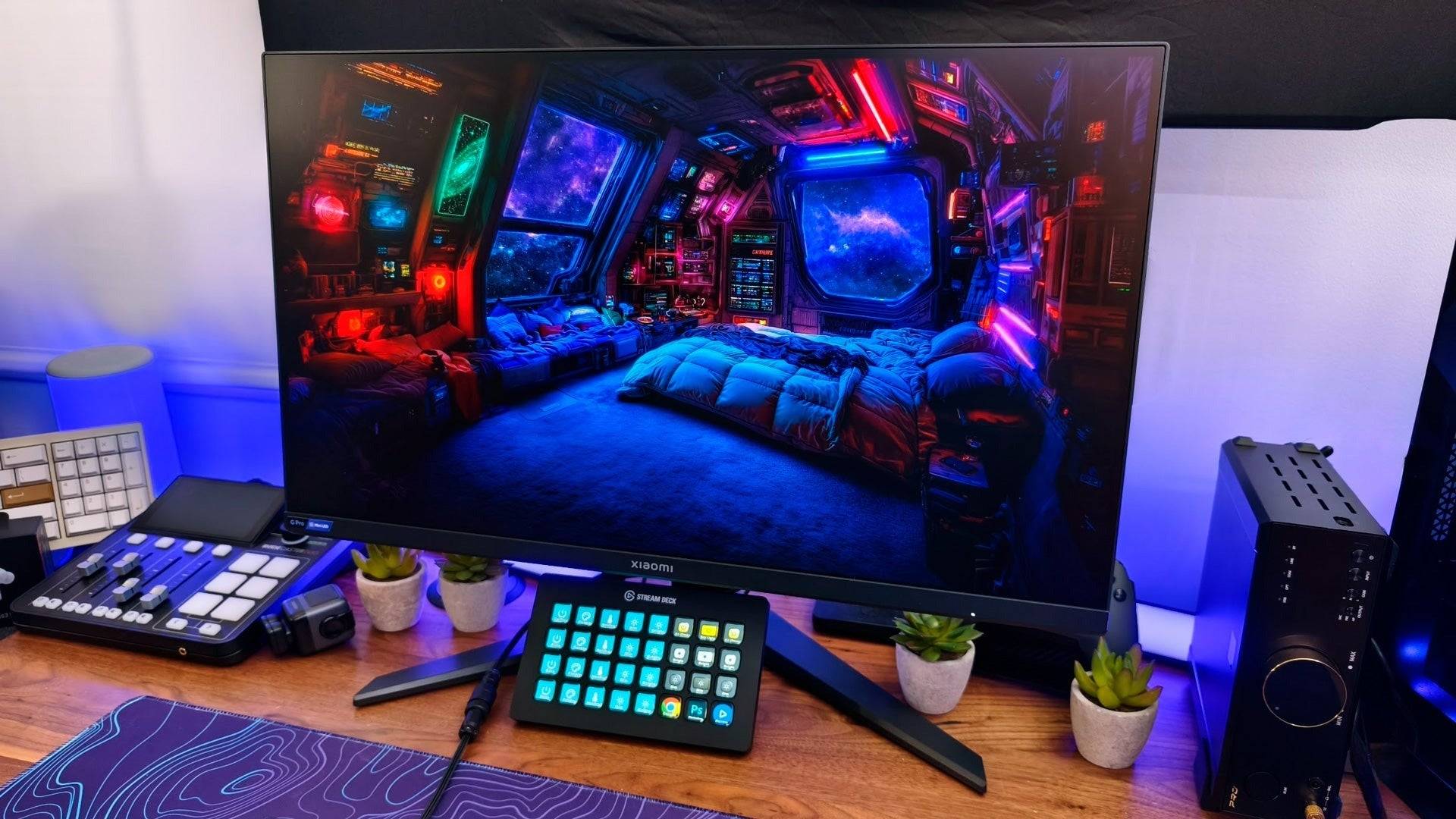 1. Xiaomi G Pro 27i Mini-LED Gaming Monitor
1. Xiaomi G Pro 27i Mini-LED Gaming Monitor
Best Overall Budget Gaming Monitor
 Our Top Pick### Xiaomi G Pro 27i Mini-LED Gaming Monitor
Our Top Pick### Xiaomi G Pro 27i Mini-LED Gaming Monitor
1Experience incredible picture quality at an unbeatable price. See it at AmazonProduct SpecificationsScreen Size27”Aspect Ratio16:9 Resolution2,560 x 1,440Panel typeIPSBrightness1,000 cd/m2 Refresh rate180Hz Response time1msInputs2 x DisplayPort 1.4, 2 x HDMI 2.0, 1 x 3.5mm AudioPROSHigh brightness and deep contrastGreat color accuracyOutstanding picture quality and HDRRobust 1,152 local dimming zonesCONSBloom on dark grey backgroundsNo USB hubThe Xiaomi G Pro 27i has been the most surprising gaming monitor I've reviewed in 2024. Priced at around $330, it sets a new benchmark for what you can expect from affordable gaming monitors. While not the cheapest option for a 27" 1440p display, it offers more value than its competitors, delivering a stunning picture and an exceptional gaming experience.
The Xiaomi G Pro 27i stands out by using mini-LED technology and full array local dimming (FALD), allowing the display to smartly adjust the brightness of dark areas for enhanced contrast.
Although other FALD mini-LED displays are available at similar prices, none match the G Pro 27i's performance. It features an impressive 1,152 local dimming zones, a feature typically found on monitors costing over $700. This significantly reduces blooming and enhances the viewing experience. Its HDR performance is outstanding, surpassing other monitors on this list and closely rivaling OLEDs, which are much pricier and carry the risk of burn-in or issues with text clarity.
Xiaomi has equipped this monitor with a top-notch panel that supports up to 180Hz for ultra-smooth gameplay with minimal motion blur. In its DCI-P3, sRGB, and Adobe RGB color modes, it delivers precise colors, making it suitable for content creation as well. It's compatible with variable refresh rate technologies like AMD FreeSync, and although not officially supported, Nvidia's G-Sync worked seamlessly in my tests.
While this monitor is impressive, it does have its limitations. To keep costs down, Xiaomi omitted a USB hub and USB Type-C connectivity. It also only supports HDMI 2.0, but since it's a 1440p display, it still pairs well with Xbox and PlayStation consoles. Additionally, it lacks some gaming features.
However, these trade-offs are justified given the monitor's exceptional quality at this price point. In summary, the Xiaomi G Pro 27i is the top choice for those seeking OLED-like picture quality without the usual drawbacks and high cost.
Asus TUF Gaming VG277Q1A
Best Budget 1080p Gaming Monitor
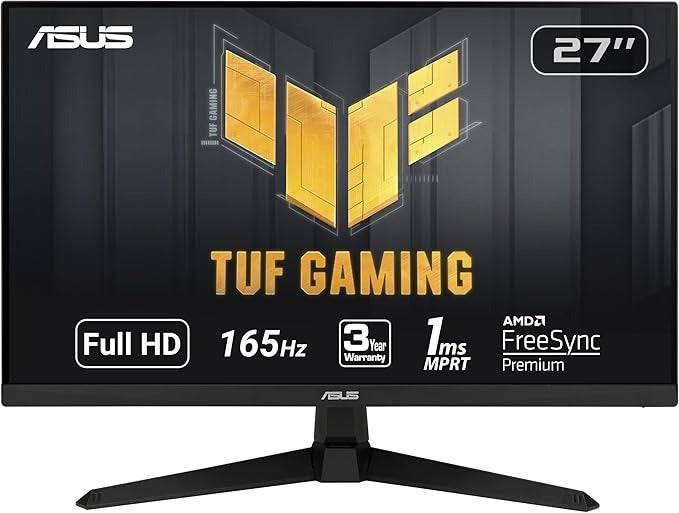 Best 1080p### Asus TUF Gaming VG277Q1A
Best 1080p### Asus TUF Gaming VG277Q1A
2For around $150, this monitor provides excellent gaming performance with minimal drawbacks. See it at AmazonProduct SpecificationsScreen Size27”Aspect Ratio16:9Resolution1,920 x 1,080Panel typeVA, FreeSync Premium, G-Sync CompatibleBrightness350 cd/m2Refresh rate165Hz Response time1msInputs2x HDMI 1.4, 1x DisplayPort 1.2, 1 x Audio JackPROSGreat colors and impressive contrastELMB support for improved motion clarityVESA support for third-party standsCONSSlightly lower pixel densityNo height adjustmentThe Asus TUF Gaming VG277Q1A offers exceptional value and can run smoothly on a variety of hardware setups. You don't need the latest graphics card to enjoy this display at its best, and its VA panel provides deeper blacks and a wider dynamic range, enhancing the gaming experience across different genres. With a 1ms gray-to-gray response time and features that enhance your gameplay in competitive shooters and esports, it delivers outstanding value for money.
In this price range, I recommend VA panels over IPS panels. While IPS panels are renowned for their color reproduction, VA panels offer comparable color quality while providing a superior gaming experience thanks to their better black levels. This model's brightness reaches 350 nits, ensuring vibrant colors and visibility in well-lit environments.
It also includes game-enhancing features to give you a competitive edge. You can add an on-screen reticle for games without one, use Shadow Boost to spot enemies in dark areas, and activate Extreme Low Motion Blur (ELMB) mode for a clearer, smoother gaming experience.
There are two main drawbacks to consider. First, the stand is not height adjustable, which is common in this price range. It does support VESA mounting (100x100mm), allowing you to use an aftermarket stand or monitor arm if the default positioning doesn't suit you, but this adds to the cost. Second, its 27" screen, while great for immersion, results in a slightly lower pixel density at 1080p, which might affect overall sharpness compared to a smaller 24" display at the same resolution.
Despite these minor cons, the Asus TUF Gaming VG277Q1A offers substantial benefits, making it a recommended upgrade for enhancing your gaming experience without breaking the bank.
LG UltraGear 27GN800-B
Best 1440p Budget Gaming Monitor
 Best 1440p### LG UltraGear 27GN800-B
Best 1440p### LG UltraGear 27GN800-B
0Achieve speeds up to 144Hz at 1440p with adaptive sync technology and excellent color accuracy. See it at AmazonSee it at TargetProduct SpecificationsScreen Size27”Aspect Ratio16:9 Resolution2,560 x 1,440Panel typeIPS FreeSync and G-SyncResponse time1msInputs2x HDMI, 1x DisplayPortPROSSolid HDR gamingGreat color accuracyCONSStand isn’t height adjustableThe LG UltraGear 27GN800-B is an excellent choice for budget-conscious gamers looking to upgrade. Priced under $300, it offers a significant increase in resolution to 2560x1440, providing sharper visuals than a 1080p monitor. The display's color accuracy and factory calibration enhance the visual experience, making the 27" screen perfect for immersive gaming without demanding excessive system resources.
This monitor excels in other areas as well, with a 144Hz refresh rate and compatibility with AMD FreeSync and Nvidia G-Sync for smooth, tear-free HDR gaming. One of its standout features is Low Framerate Compensation, which helps maintain smooth gameplay even if your system can't consistently reach 144Hz.
The primary drawback is the non-height adjustable stand. Depending on your setup, you might find it challenging to position the monitor at the ideal height. However, it supports a standard 100x100mm VESA mount, making it easy to switch to a more adjustable stand if needed. Despite this minor flaw, its feature set and affordable price make it a top choice for budget gamers.
KTC H27P22D
Best 4K Budget Gaming Monitor
 Best 4K### KTC H27P22S
Best 4K### KTC H27P22S
1Enjoy a fast and fantastic picture on a budget. See it at AmazonProduct SpecificationsScreen Size27” Aspect Ratio16:9Resolution3,840 x 2,160Panel typeIPS FreeSync Premium, G-Sync CompatibleBrightness400 cd/m2Refresh rate160HzResponse time1msInputs2 x DisplayPort 1.4, 2 x HDMI 2.1, 1 x 3.5mm AudioPROSSharp 4K screenGreat for consoles thanks to HDMI 2.1 connectivityFast refresh rateExcellent value overallCONSNo USB connectivityNot factory calibratedThe KTC H27P22D showcases the significant progress in the budget gaming monitor market. Priced at $400, and often available for as low as $340, it proves that you don't need to spend a fortune to enjoy a high refresh rate, 4K gaming experience. With its well-rounded features at a competitive price, it's a compelling option for those with the hardware to support it.
The H27P22D features a crisp 4K resolution and an impressive 160Hz refresh rate, fully supporting AMD FreeSync Premium and compatible with Nvidia G-Sync for smooth gameplay. It's also an excellent choice for console gaming, thanks to its dual HDMI 2.1 ports. Note that you'll need to bring your own audio solution, but given the typically poor quality of monitor speakers, this is not a significant drawback.
While marketing might overpromise, the real-world performance remains strong for the price. Its 400 nits of peak brightness isn't sufficient for true HDR, but it's bright enough for a vibrant SDR gaming experience. The monitor's color coverage is good, though it's not factory-calibrated, which might be an issue for creative work but is less critical for gaming. It also lacks a USB hub, with its sole USB Type-A port reserved for software updates.
Given the features offered at this price, its minor shortcomings are easily overlooked. A few years ago, these same features would have cost significantly more, making the KTC H27P22D a valuable option for budget-conscious gamers looking to upgrade to Ultra HD.
Dell S3422DWG
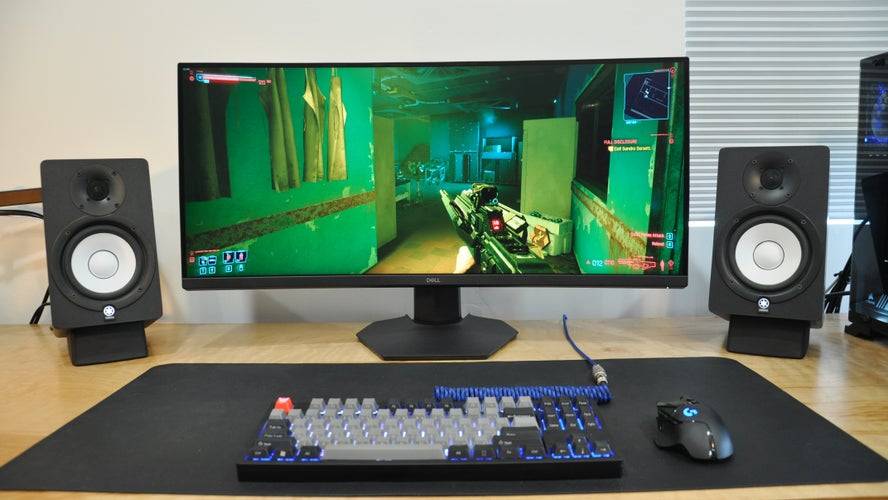
 5 Images
5 Images

 5. Dell S3422DWG
5. Dell S3422DWG
Best Ultrawide Budget Gaming Monitor
 Best ultrawide### DellS3422DWG
Best ultrawide### DellS3422DWG
0Immerse yourself in the action with this affordable, ultrawide curved monitor offering a 1440p/144Hz refresh rate. See it at AmazonSee it at DellProduct SpecificationsScreen Size34”Aspect Ratio21:9Resolution3,440 x 1,440 Panel typeVA FreeSync Brightness400 cd/m2 Refresh rate144HzResponse time1msInputs2x HDMI, 1x DisplayPortPROSGreat contrastImmersive wide, curved displayCONSMinor ghostingFor an immersive gaming experience, an ultrawide curved monitor is ideal, and the Dell S3422DWG is the top budget option. Its contrast-rich VA panel, with a 3440x1440 resolution, delivers a vibrant and sharp image across all game genres. The 21:9 aspect ratio and slight curvature envelop your field of vision, allowing you to stay focused on the game without external distractions.
I prefer the "1440p" resolution for ultrawides over the ultrawide equivalent of 1080p. While it requires more graphics power, the higher pixel density results in a superior image.
The monitor boasts a 144Hz refresh rate and supports AMD FreeSync for smooth gameplay. Although it may experience minor ghosting behind dark objects, overall motion clarity is strong.
Despite its budget-friendly price, the S3422DWG looks good and comes with a height-adjustable stand, two HDMI ports, one DisplayPort, and even functions as a USB hub.
How Much Should You Spend on a Gaming Monitor?
When shopping for a budget gaming monitor, aim for the $200-$300 range. Monitors cheaper than this often compromise on quality, and while you'll need to make some trade-offs regardless, a gaming monitor should ideally last 3-5 years, which a $100 monitor might not achieve.
To find a monitor within this budget, understand what to look for and prioritize your needs to make informed compromises.
ResolutionRefresh RatePanel TypesScreen SizeGamers on a tight budget no longer need to sacrifice as much, but compromises are still necessary. Generally, you can choose between a higher resolution or a higher refresh rate, but not both in a budget monitor.
1080p remains the standard resolution for budget displays. While it lacks the clarity of 4K TVs, it allows for high frame rates with less demanding hardware. Upgrading to 1440p is a good value if your budget allows; a 27" 1440p monitor offers higher pixel density than a 48" 4K TV, though it might not support the highest refresh rates.
4K is achievable on a budget, but expect to pay around $400 or make sacrifices in brightness or screen size. Remember, running 4K at high frame rates requires more powerful hardware.
The refresh rate of budget gaming monitors ranges from 60 to 240Hz, with most falling between 144Hz and 165Hz. A 144Hz refresh rate is versatile for most games, while 240Hz is beneficial for competitive gaming. 360Hz monitors are becoming more affordable.
Note that not all inputs support the monitor's maximum refresh rate. For instance, some monitors might only support 144Hz over HDMI, making DisplayPort the best choice for high refresh rates.
A monitor's display panel technology is crucial and often overlooked. Our recommended monitors use either IPS or VA panels. IPS panels are favored for their motion clarity, vibrancy, and responsiveness, making them ideal for competitive gaming. VA panels offer better contrast and darker scenes, enhancing immersion in graphically intensive games.
Panel Types
TN (twisted nematic)IPS (in-plane switching)VA (vertical alignment)OLED (organic light-emitting diode)Screen size is less restrictive than before. Our guide focuses on 27" monitors and a 34" ultrawide. Smaller 24" monitors are cheaper and preferred by competitive gamers for their focus. Larger 32" monitors offer more immersion but may lose detail without higher resolutions. Ensure your chosen monitor fits your desk space; a 27" monitor with a 16:9 aspect ratio is a safe bet.
Opt for a monitor with Nvidia G-Sync or AMD FreeSync support, depending on your graphics card. Many budget monitors support both technologies. My picks all list their supported standards.
Regarding HDR, while many affordable monitors market HDR, most only reach 400 nits of brightness, which is insufficient for true HDR and results in a limited dynamic range compared to SDR.
Budget Gaming Monitor FAQs
What is the best type of panel?
Budget gaming monitors typically feature VA or IPS panels. My top pick uses an IPS panel with a mini-LED backlight, surpassing other panel types due to its technology. If your budget and needs align, this is the ideal choice. Otherwise, the choice between VA and IPS depends on response time, color accuracy, and contrast.
For response time and color accuracy, IPS panels are superior, though modern 1ms panels exist for both types. IPS monitors generally offer more vivid and accurate colors.
For contrast, VA panels have the edge unless equipped with a mini-LED backlight like my top pick. VA panels provide richer blacks and better dynamic range due to their backlighting method.
While there's no "best" panel, there are better options based on your priorities in a gaming monitor.
When are gaming monitors most affordable?
The best times to buy gaming monitors at a discount are during events like Amazon Prime Day and Black Friday. Deals also appear during Back to School sales, and retailers often reduce prices on older models to clear inventory for new releases.
What size gaming monitor should I get for gaming?
Choosing the right size gaming monitor depends on personal preference, but consider these guidelines. First, check your available space to ensure the monitor fits. Second, consider the monitor's resolution and its impact on pixel density. A 24" monitor suits 1080p gaming, while 27-32" is ideal for 1440p, offering detail and immersion. For 4K, a minimum of 27" is recommended. Avoid 1080p monitors larger than 27" to prevent the screen door effect.



